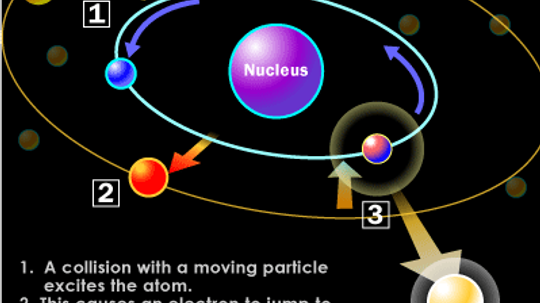Illuminate your mind as we delve into the fascinating world of light bulbs and uncover their secrets. Get ready to have your curiosity sparked!
The Illuminating Science Behind Light Bulbs
Let’s shed some light on how these ingenious inventions work. At the heart of every light bulb lies a filament, usually made from tungsten, that glows when an electric current passes through it. This glowing filament emits visible light, illuminating our surroundings.
In addition to the filament, there is also a glass enclosure surrounding it which contains inert gases like argon or nitrogen. These gases prevent oxidation and prolong the life of the filament by reducing its evaporation rate.
To make sure that electricity flows smoothly through the bulb, metal contacts are attached at each end. When you flip that switch, electrons start flowing from one contact to another, creating a closed circuit and allowing for continuous illumination.
Bright Ideas: Different Types of Light Bulbs
Gone are the days when incandescent bulbs were our only option! Nowadays, we have an array of energy-efficient alternatives available:
– Compact Fluorescent Lamps (CFLs): These curly-shaped wonders use less energy than traditional incandescent bulbs while providing bright illumination. They contain mercury vapor that produces ultraviolet light when energized by an electric current. The UV light then interacts with phosphor coating inside the lamp to create visible white light.
– Light Emitting Diodes (LEDs): LED technology has revolutionized lighting with its incredible efficiency and longevity. LEDs produce light by passing an electrical current through a semiconductor material called diode – no filaments involved here! Not only do they consume significantly less energy than other types but they also last much longer, making them a sustainable choice.
– Halogen Bulbs: These bulbs are similar to incandescent ones but with a twist. They contain halogen gas that helps redeposit evaporated tungsten back onto the filament, extending its lifespan. Halogens provide bright and crisp light, making them ideal for task lighting or accentuating specific areas in your home.
Shining a Light on the Future
The world of lighting is constantly evolving, and exciting advancements are on the horizon. Researchers are exploring innovative technologies such as organic LEDs (OLEDs) and quantum dots to create even more efficient and versatile lighting solutions.
So next time you flip that switch and bask in the warm glow of your light bulb, take a moment to appreciate the remarkable science behind it. From humble incandescents to cutting-edge LEDs, these little luminous wonders have come a long way!

